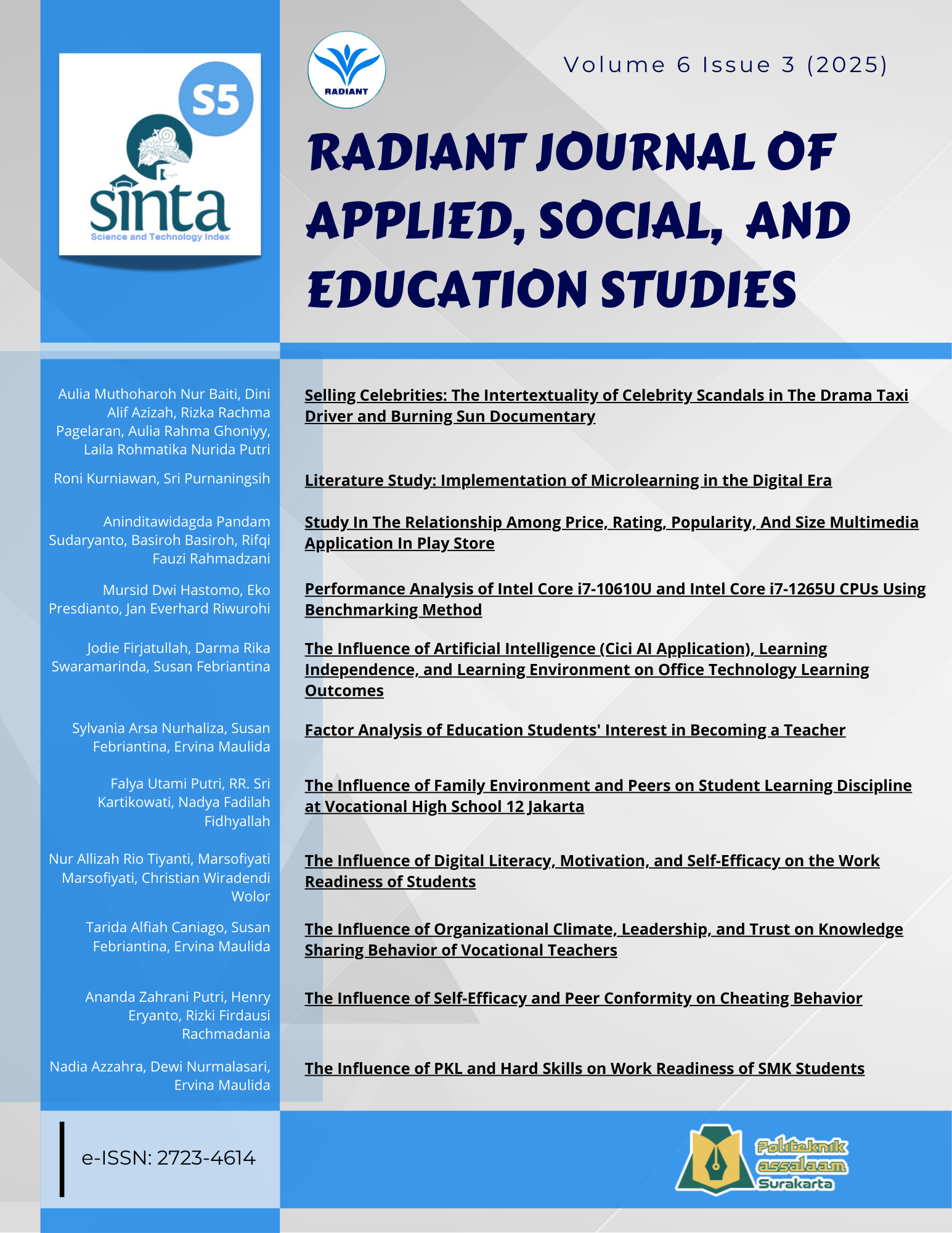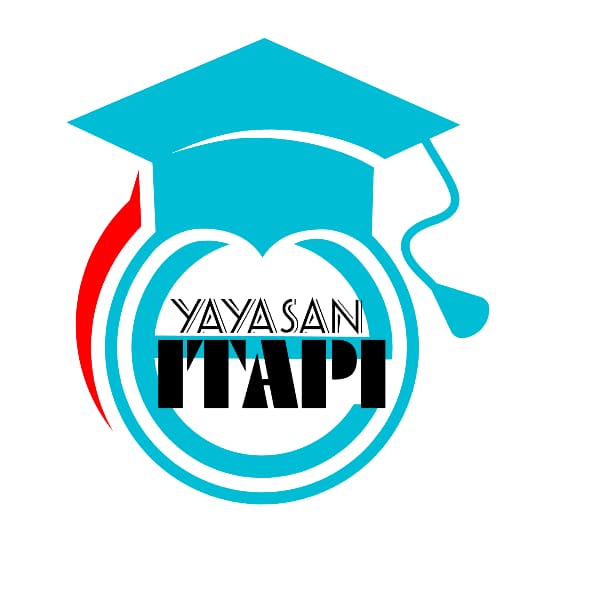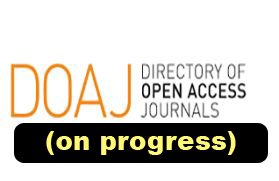Selling Celebrities: The Intertextuality of Celebrity Scandals in The Drama Taxi Driver and Burning Sun Documentary
DOI:
https://doi.org/10.52187/rdt.v6i3.322Keywords:
Burning Sun, Celebrity Scandals, Intertextuality, Taxi DriverAbstract
Scandal refers to news about actions or statements of individuals or groups that violate the law or moral principles. Scandals trigger public reactions, political trials, and legal investigations. This study examines the intertextuality of celebrity scandals as depicted in the South Korean drama Taxi Driver season 2 and the documentary Burning Sun. Using Riffaterre's Intertextuality theory (1990), the research explores the relationship between these two media texts, focusing on how fictional and factual narratives adapt and reinterpret real-life events. The qualitative descriptive method is employed to analyze plot and setting elements, revealing both obligatory and aleatory intertextual connections. The findings highlight how Taxi Driver dramatizes the Burning Sun scandal with creative liberties, such as fictional names and exaggerated plots, while the documentary adheres to factual reporting. The study underscores the role of intertextuality in bridging fiction and reality, offering insights into how media shapes public perception of scandals involving power, exploitation, and justice.
References
Benjamin, W. (1994). Simulacra and Simulation. In University of Michigan Press (Vol. 3, Issue September).
Cortese, M. (2018). Reconsidering Fictional Films for Communicating Climate Change Issues: An Analysis of the Filmmaking Strategies Behind Sustainable Energy Narratives (pp. 123–136). Springer, Cham. https://doi.org/10.1007/978-3-319-69838-0_8
Creswell, J. W. (2014). Research Design. In Sustainability (Switzerland) (Vol. 11, Issue 1). Sage Publications, Inc.
Fathoni, M. R. (2014). Textual Analysis on Documentary Films: Comparison Study of “Capitalism: a Love Story” and “Inside Job.” Communicare Journal of Communication Studies, 2(1), 13–36. www.journal.lspr.edu.
Kurniasari, D. (2011). Resepsi Khalayak Terhadap Kasus Kh Zainuddin Mz Pada Go Spot Rcti. http://eprints.undip.ac.id/29006/
Nuryani, Z. (2023). The Intertextuality of Deixis as from Actors Little Women and It’s Film Adaptation. 5, 1–14. https://www.ncbi.nlm.nih.gov/books/NBK558907/
Patton, M. Q. (2002). Qualitative Evaluation and Research Methods (3rd edition). Sage Publications.
Saeji, C. (2019). Burning Sun club scandal scorches South Korea ’ s image. 6–9.
Shyngyssova, N., Nurshaikhova, A., Kopbayev, T., Yessenbek, Z., Yertassova, G. K. (2024). The impact of documentary films as a form of investigative journalism: analysis of methods, ethics, and public influence. Atlantic Journal of Communication, 1–14. https://doi.org/10.1080/15456870.2024.2435940
Smith, N. J., Rock, J. (2014). Documentary as a statement: defining old genre in a new age. Journal of Media Practice,15(1), 58–62. https://doi.org/10.1080/14682753.2014.892698
Spradley, J. P. (1997). Metode Etnografi, terj. Misbah Zulfa Elizabeth. Yogyakarta: PT. Tiara Wacana.
Storms, C. S., Thomas, D. T., & Traylor, L. (2021). BY-NC-ND 4.0 RAPE AND MOLKA IN CLUB BURNING SUN: ANALYZING SOUTH KOREAN NEWSPAPER PORTRAYALS OF SEXUAL VIOLENCE AGAINST WOMEN A Thesis By. 0–2. https://doi.org/10.5281/zenodo.4768496
Subhani, M. (2023). The Relationship Between Fiction And Film: Research And Critical Perspective. 4(1), 85–90. https://doi.org/10.58760/dareechaetahqeeq.v4i1.108
Tumber, H., & Waisbord, S. (2019). The routledge companion to media and scandal. In The Routledge Companion to Media and Scandal. https://doi.org/10.4324/9781351173001
Worton, M., & Still, J. (1990). Intertextuality: theories and practices. In Choice Reviews Online (Vol. 28, Issue 02). https://doi.org/10.5860/choice.28-0779
Zulfie, V., Asrumi, A., & Sariono, A. (2023). Distorted Korean Idol’s Scandal, Deceitful Media, and The Role of Forensic Linguistics. Jurnal Arbitrer, 10(1), 97–106. https://doi.org/10.25077/ar.10.1.97-106.2023


















